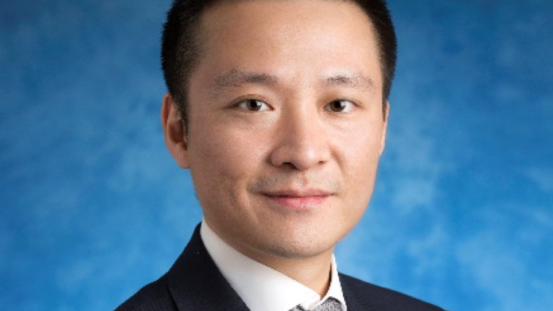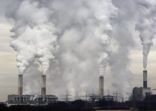“[L&I ETFs] were introduced in Hong Kong in 2016 and they are still at a very early stage. Now we see very high interest in Hang Seng, Hang Seng China Enterprises and Nasdaq products but they are basically all the products you can get,” said Frederick Chu, head of ETFs at China AMC in Hong Kong.
“What we need to see, in terms of the L&I products to grow a little bit more, is variety. So you can’t just have indexes like the Hang Seng or Nasdaq, you must have more [choices],” he added.
Citing figures from the Hong Kong Exchange, he said L&I products make up 2.5% of the ETF market in the SAR and therefore he’s optimistic about the potential for growth.
Leveraged ETFs amplify returns when an index rises as do inverse ETFs when an index falls, depending on the multiplier (2x, for example). But if an investor makes a bet in the wrong direction, it’s the losses that are amplified. The high risk products are best suited for daily trading.
“Hong Kong people like to trade. The retail investors here have a very high risk appetite, so when markets are volatile they like to trade in and out. So L&I ETFs can provide them with trading excitement,” Chu added.
In September, the firm’s ChinaAMC Direxion Nasdaq-100 Daily (-2x) Inverse Product was listed on the Hong Kong Stock Exchange (HKEX). It is the third inverse product listed in Hong Kong with a -2x magnifier. The other two are managed by CSOP Asset Management: the Hang Seng China Enterprises Index Daily (-2x) Inverse Product, which was restructured in July from just having a -1x multiplier, and the Hang Seng Index Daily (-2x), which was launched in May, FSA previously reported.
There are in total 24 L&I products in Hong Kong, with a total AUM of HK$7.95bn ($1.02bn), according to data from the HKEX.
Hong Kong’s ETF market has been criticised by industry participants for lacking product diversity. Hong Kong-based Premia Partners said that generally ETFs in Hong Kong are similar, often following a China index.
Moreover, Mohamed M’Rabti, Brussels-based head of ETFs at Euroclear, told FSA that assets are overly concentrated in just a few products. “Diversity is really lacking in the Hong Kong ETF space.”
However, Chu said Hong Kong’s ETF market is fairly diversified in terms of asset classes. He said that sector ETFs would be the next move, but first investors need to become more familiar with the passive products.
“From the perspective of an issuer, I definitely would want to put up a sector ETF. But the market itself is not ready to understand about investing into sector ETFs.”
ETF delisting
Hong Kong has also seen a spate of ETF delistings, typically due to failure to gather adequate assets. The latest came last month, when CSOP AM filed to delist its China CSI 300 Smart ETF. Launched in 2015, the product’s AUM was only HK$7.3m ($932,400), according to the HKEX.
Enhanced Investment Partners, which has pulled all its ETFs from the Hong Kong market, estimated that $25m in AUM and at least $500,000 in daily turnover is necessary for an ETF to cover product costs, FSA previously reported.
Chu, however, believes delistings have less to do with a minimum AUM number and more to do with other factors.
He said if an ETF is not performing the way it is expected to, “then it’s either a problem with the index, or a problem with the management of the ETF.
“If it’s a problem of the index, for example, or a methodology that doesn’t fit the market, there is no need to keep it [listed],” he said.
He added that delistings of ETFs are normal and even though they are passive products that do not depend on a manager who is trading positions, ETFs may not meet expectations. “Delistings do not mean that the market is flawed or unhealthy. They are purely commercial decisions,” Chu said in a previous interview.

















